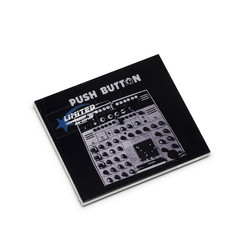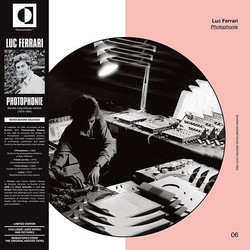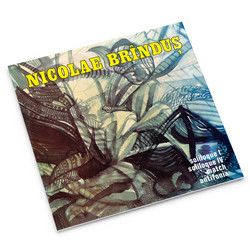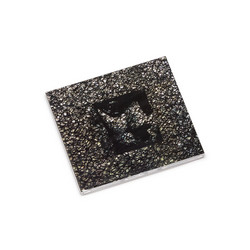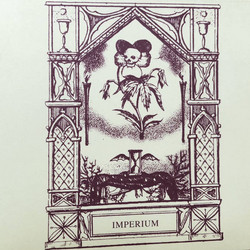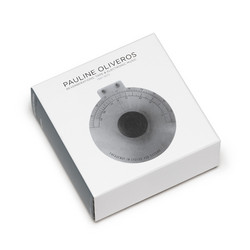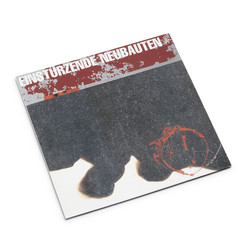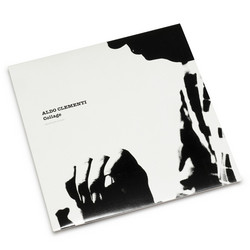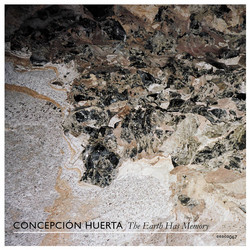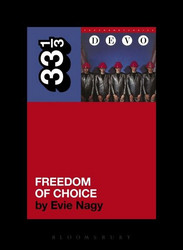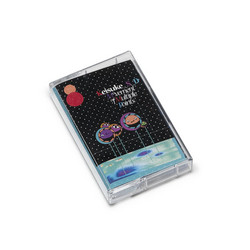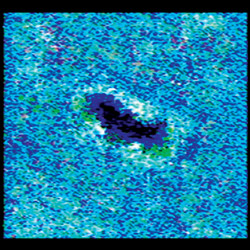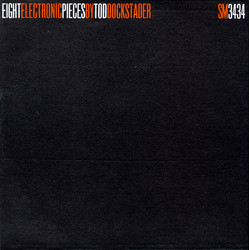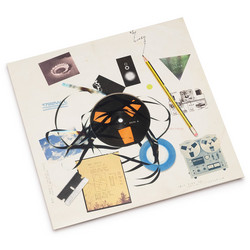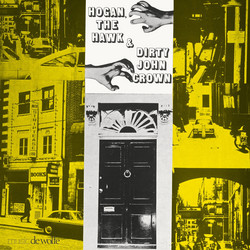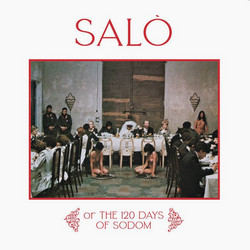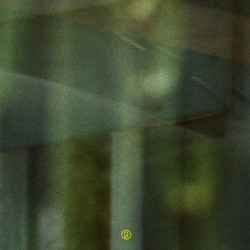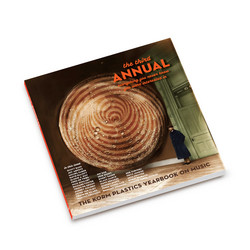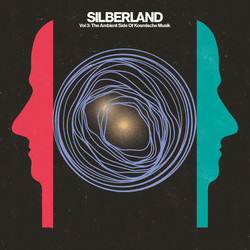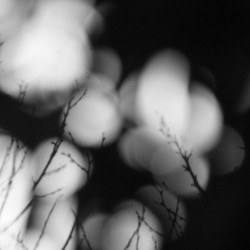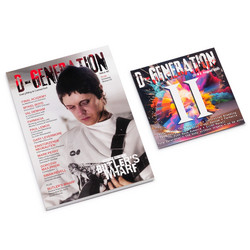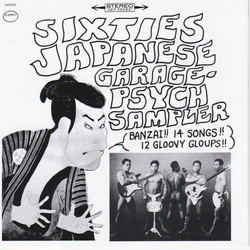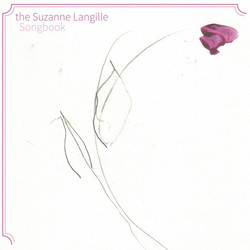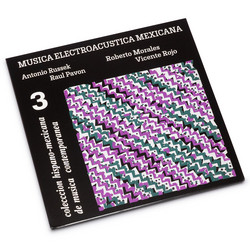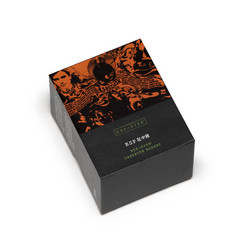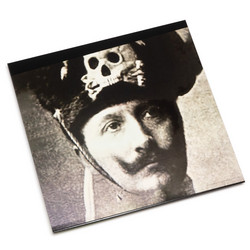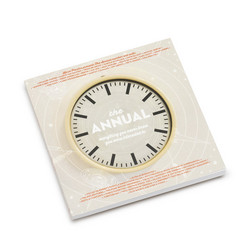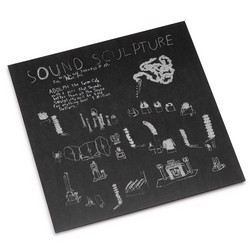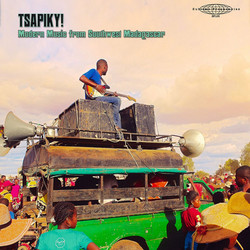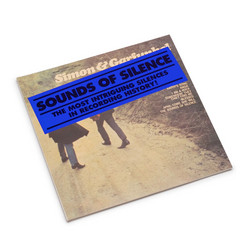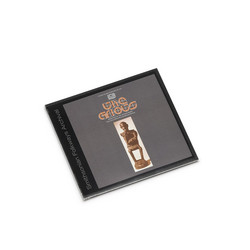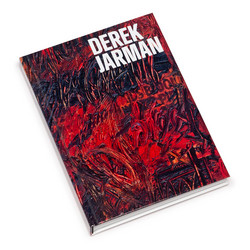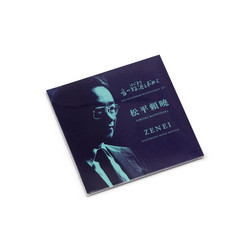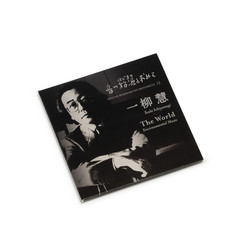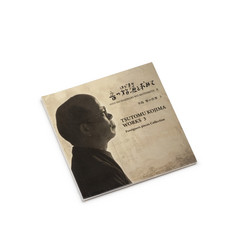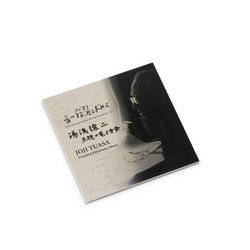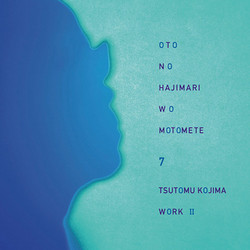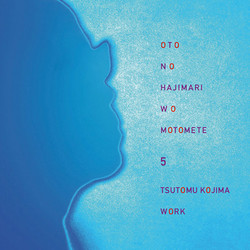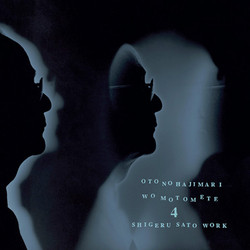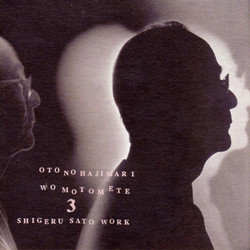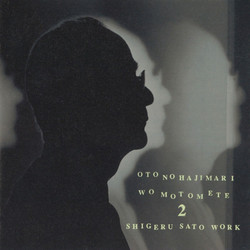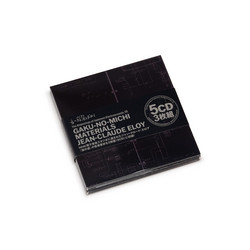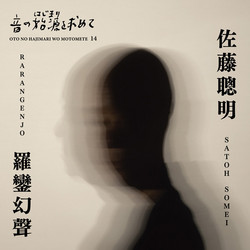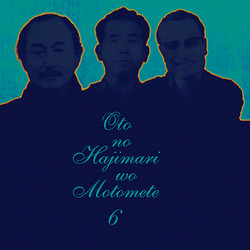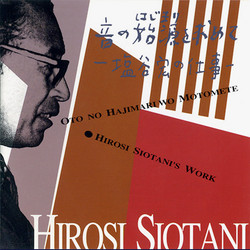Recent issue of archve series of NHK electronic music studio. This issue consists of 5 works in 70s – 80s of new generation composers.
1. Jo Kondo “Tokyo Bay” (1987)
This piece is a rearrangement of an instrumental piece into electronic music. The original piece was called "Non Projection," a piece for two pianos and orchestra. At that time, we were already in the age of PCs, though PCs were able to create beautiful sounds in the usual sense, Electronic music can only be heard on tape. In this case I want some kind of sonic power. A glossy, polished sound is inevitably boring, and I wanted to create a sound that was dirty but still had a sense of power.
2. Takashi Yoshimatsu“Marmalade Circuit” (1984)
Tape music "by children" using children's (girls') voices.... It is an homage to Stockhausen's "Gesang der Jünglinge". The electronic music studio itself was used as a "circuit" to create strange sounds. The material is the voices of three girls. In the middle of the song, this matrial is "shaken" and synthesized into 8 channels before being transformed into a kecak.
3. Toshiya Sukegawa “Chant du Vent” (1980)
It represents a desolate original landscape based on the artist's hometown's endemic ideas. A work using white noise and sine waves with depth. At the time of production, the NHK Electronic Music Studio did not have keyboard, so I created the melody by putting the notes of the scale in each fader and raising and lowering the faders.
4. Katsuhiro Tsubonou “Cosmos 200” (1984)
This work utilizes the pulses emitted by celestial stars (pulsars) as they are. The data of where pulsars are located in the galaxy and at what periodicity they emit their pulses were replaced with sounds. Since electrons are also a product of nature, when we open our ears, emotions emerge, and we can interact with messages from celestial bodies.
5. Jo Kondo “Riverrun” (1977)
A base note is created with a bell-like electronic sound of indistinct pitch. I added lower overtones. Then, for each pitch, I created about four different notes of different lengths, strengths, and weaknesses. The tape is then cut and pasted according to the score. The length of the tape is edited to match the specified tempo, with quarter notes given in centimeters. However, while mastering the extreme difficulty of creating a precise rhythm by cutting and pasting tapes, I synthesized the sounds while playing back multiple tapes simultaneously. Since this piece is purely electronic music, that is, there are no visual elements to refer to, it has been created while paying attention to spatiality.


